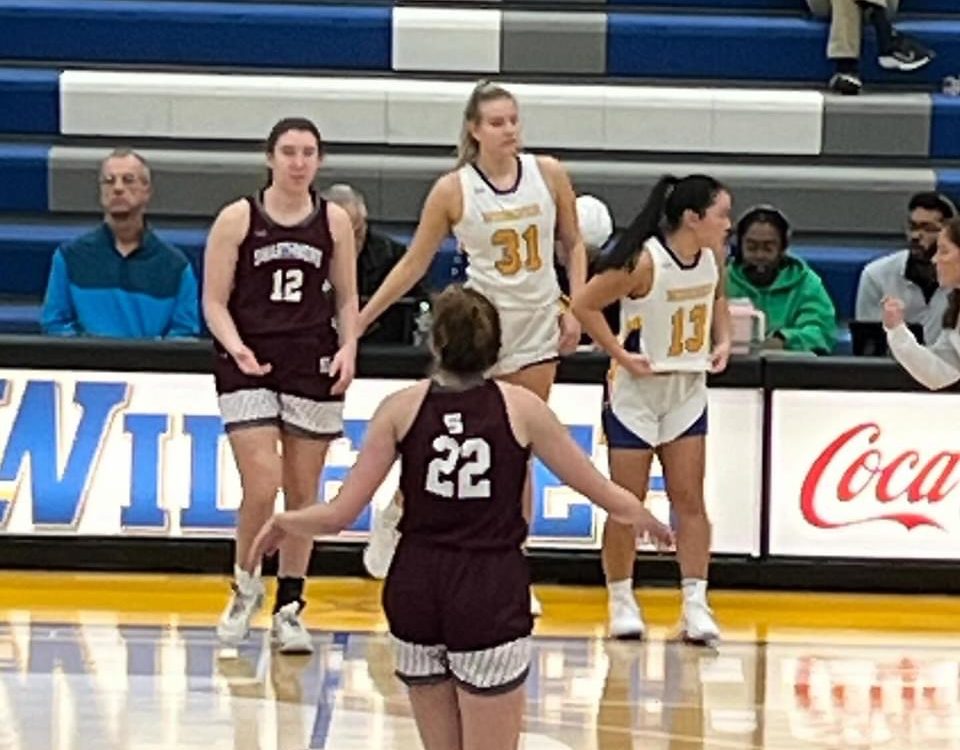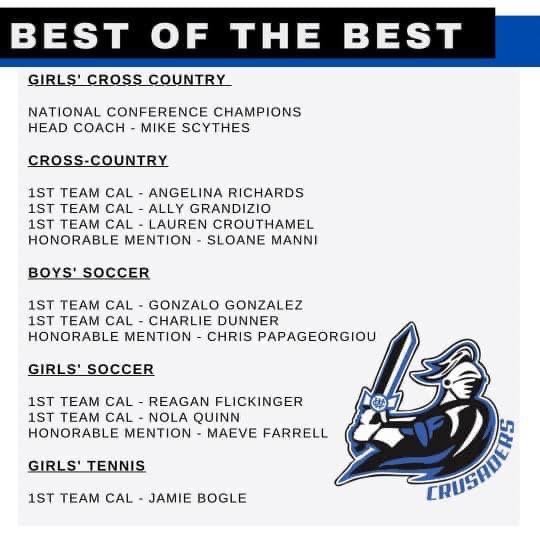
Injuries force LCM grad to retire from pro baseball
May 19, 2018
RAIDER ROUNDUP: “Tournament Week continues for OCHS teams”
May 20, 2018TOM WILLIAMS COLUMN: Public vs. non-public in high school sports
The debate about non-public schools and their competition with public schools continues in New Jersey.
Some unusual decisions have resulted.
Many of us were puzzled when the NJSIAA adjusted its football rules to allow the schools in the United Red and United White divisions of the New Jersey Super Football Conference to automatically qualify for the playoffs regardless of their record. For clarification, the United Red includes Bergen Catholic, St. Peter’s Prep, St. Joseph-Montvale, Paramus Catholic and Don Bosco Prep. United White teams are DePaul, Pope John, Seton Hall Prep and Delbarton. Don Bosco, for example, was 2-8 last season but seeded seventh in Non-Public 4 because of this strange regulation.
In addition, because so few schools outside of these two divisions were willing to play these teams, any NJSIAA team that would play them got a ridiculously high number of power points.
These schools are far away from Atlantic and Cape May counties and, in general, only St. Augustine Prep is really impacted by this bizarre arrangement because the Hermits compete in the same NJSIAA football group with most of these teams.
Closer to home, The Shore Conference, one of New Jersey’s largest groups, awards a divisional championship in each sport to both a public and a non-public school from each division.
These attitudes have also been infiltrating South Jersey and the Cape-Atlantic League.
A couple of years ago, when the CAL first applied to join the West Jersey Football League and was denied, a lot of the votes against the merger came from WJFL schools that did not want to play St. Joseph.
There have always been schools that other schools hesitated to play because they were too good. It always seemed a strange attitude because the way a team or an individual improves is by competing against the best. The really good coaches will almost all tell you that.
Last week, this public vs. non-public controversy hit home in the CAL.
Wildwood High School announced it would no longer play Wildwood Catholic in any sport.
Wildwood is at 4300 Pacific Avenue – Wildwood Catholic at 1500 Central Avenue in North Wildwood. According to Google Maps, the 1.6 mile trip from one school to the other takes six minutes via Atlantic Avenue, seven minutes if you use Pacific and Atlantic and 11 minutes if you walk and ride a bus. Only Oakcrest and Atlantic Tech are closer among area high schools but those schools have no real history.
Wildwood vs. Wildwood Catholic is filled with sports history.
Brian Cunniff does a masterful job of summarizing that sad situation in his commentary, available on the pages of Coast Sports Today or through this link – https://coastsportstoday.com/2018/05/7568/.
There is a rumor that St. Joseph and Hammonton are close to the same arrangement. Hopefully it is an inaccurate rumor. Because some of the most memorable contests throughout the decades have been between those intra-city rivals.
What is there about the non-public athletes and teams in New Jersey? Why are they so much more formidable than in other states?
Many states – California, New York, Pennsylvania, Florida, Oklahoma, Ohio and Illinois, among them – conduct state tournaments with the public and non-public schools in the same brackets. In Philadelphia, students can attend any public school in the city, regardless of what part of the city they call home. Things are much stricter and the separation of public schools and non-publics much more pronounced in New Jersey.
Still, in New Jersey many public schools paint the non-publics as cheaters. As though they are having a negative impact on high school sports because their students can come from anywhere. The students have to come, however, and they have to pay to come.
St. Joseph cannot survive with just students from Hammonton. Wildwood Catholic certainly cannot make it with just those who live in The Wildwoods. And Holy Spirit needs more than just students from Absecon. The non-publics have to attract students who are so anxious to attend their schools that they will turn over some money to do it.
The public schools, as we know, get students who are required to attend and they are paid with tax money to educate them. And, with Chris Christie’s beloved Interdistrict Public School Choice Program, many public schools have ended up getting student-athletes who reside outside their sending district. And getting paid for taking them. It has worked out especially well for some public school athletic programs.
There has been no clear description of why Wildwood doesn’t want to play Wildwood Catholic any more. Or what the factors are in a possible elimination of St. Joe-Hammonton games. The Wildwood situation is increasingly difficult to understand in basketball because their games had been part of the Boardwalk Basketball Classic, the large holiday tournament that raises scholarship money for students from both schools. The Wildwood-Wildwood Catholic games generally draw bigger crowds that the next three or four match-ups combined. So, eliminating the games will likely reduce the available scholarship funds.
Athletics is an important part of high school. For many it is an opportunity to reduce or eliminate the cost of going to college. For most it is just about rounding out the high school experience and creating memories.
Eliminating the memories of competing against friends and neighbors from the same community because of a silly public school vs. non-public attitude limits that experience and those memories. Let’s hope that attitude goes away.




